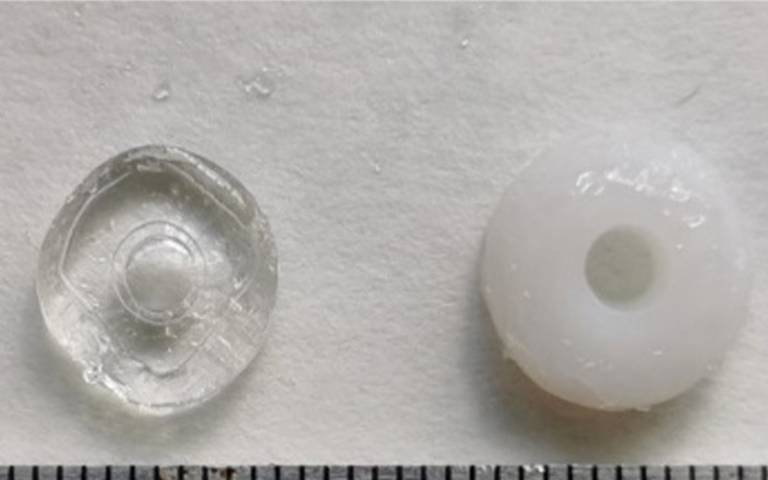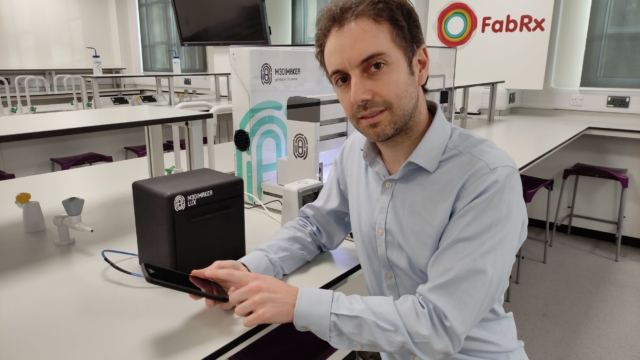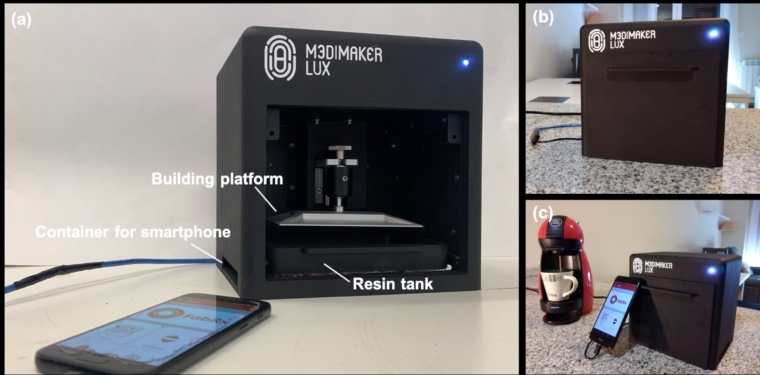Guide:
Personalized medicine is modern
medicine
a huge goal. Through modern scientific data analysis, even if the patient diagnosis sounds the same, the situation is actually very different from person to person. Ideally, different conditions require different treatment options. However, tailored doses are rare because they are produced by hand and take a long time to prepare, meaning most people have to take a panacea.
UCL researchers currently believe that3D printingDrugs, which may open the door to on-demand production of personalized medicines. The scientists who pioneered the technology say it could eventually allow patients to print their own pills at home.

On March 26, 2022, UCL (School of Pharmacy), University of London, announced that it has developed a new3D printing technology3D printed medicine can be done in 7 seconds.In the future, the technology hopes to use small households3D printerThe rapid manufacture of drugs can be achieved. Their research results have been published on sciencedirect under the title “Volumetric 3D printing for rapid production of medicines”.
The project is currently led by Professor Abdul Basit (UCL School of Pharmacy), with researchers from the University of Santiago de Compostela, and FabRx, a UCL spin-off company co-founded by three UCL members.

current3D printing technologynot available in fast-paced
clinical
The speed required to produce drugs on demand in the environment. Volume printing is a novel 3D printing technique that provides fast printing speeds and overcomes the geometric and surface quality limitations of layer-based reductive photopolymerization techniques.
Unlike previous reductive photopolymerization 3D printing techniques, volumetric printing simultaneously cures the entire desired 3D geometry by exploiting the threshold behavior due to oxygen-induced polymerization inhibition during photopolymerization. In this work, drug-loaded 3D printed tablets (Printlets) were fabricated in seconds using a volumetric printer for the first time. Using polyethylene glycol diacrylate (PEGDA) as the cross-linking monomer, phenyl-2,4,6-trimethylbenzoyl phosphite (LAP) as the photoinitiator, acetaminophen (paracetamol) Six resin formulations for model drugs were evaluated. Water or PEG300 were used as diluents at different concentrations to facilitate drug release. A printlet containing paracetamol was successfully prepared within 17 seconds.
By changing the ratio of the photosensitive resin monomer to the diluent, the drug release speed of the photosensitive resin can be adjusted, and the lower the ratio of the monomer to the diluent, the faster the drug release speed. It has been confirmed that 3D printed medicines can be produced in seconds.With further optimization, this new technology can realize drug and
medical
Rapid, on-demand manufacturing of equipment. In the current study, the researchers have attempted volumetric 3D printing of paracetamol, one of the mainstream drugs people use.

The technology works by shining multiple images of an object onto the resin from different angles. The amount of exposure to light is gradually accumulated until it reaches the point where polymerization occurs. By adjusting the light intensity at different angles and overlaps, all points of the 3D object in the resin can reach this threshold at the same time, allowing the entire 3D object to cure at the same time.
“Personalized 3D-printed medicines are developing rapidly,” said UCL scientist Alvaro Goyanes. “They’re starting to come to clinics for trials, and in the best-case scenario, they could be available in health services within three to five years.”

The technology, which can benefit patients with early breast cancer, is part of a joint project with Gustave Roussy in Paris, Europe’s top cancer hospital, involving anti-cancer treatments and anti-side effects, involving 300 patients in seven French hospitals.
“To reduce the risk of recurrence, many women with early-stage breast cancer receive five years of hormone therapy, often requiring additional treatment to control side effects,” said Maxime Anreau, a pharmacist with Gustave Roussy who led the project. Using the personalized dosing feature makes these treatment issues easier to address.”
Basit’s lab has also previously developed 3D-printed compound pills to help people who need to take multiple medications each day, as well as pills with Braille patterns to help the visually impaired.
(responsible editor: admin)


0 Comments for “New technology from University of London can 3D print drugs in 7 seconds”